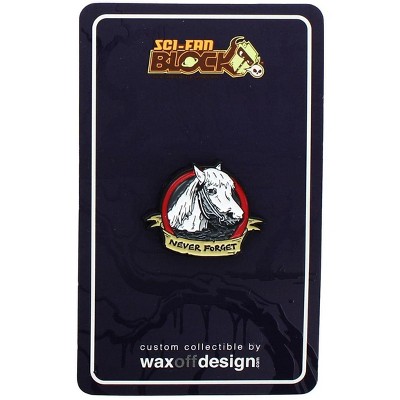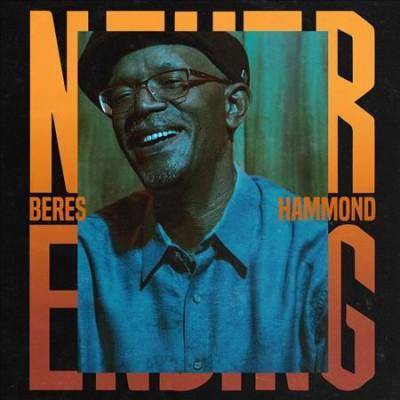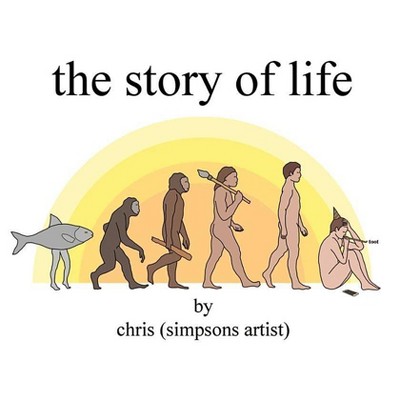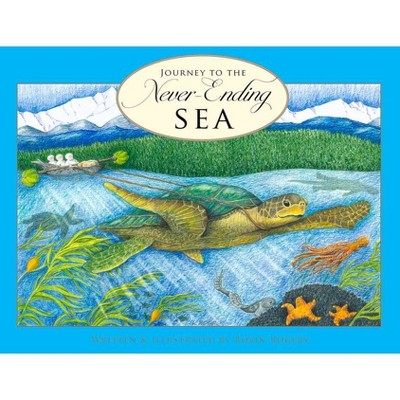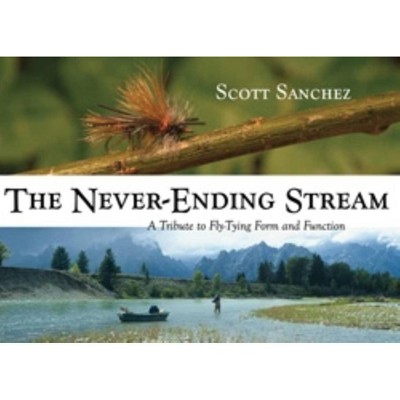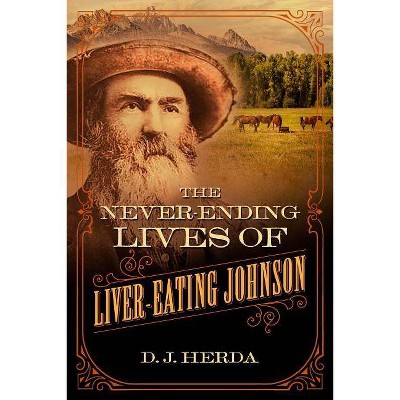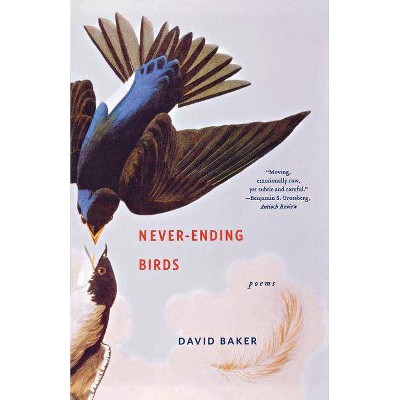The Never-Ending Story of Life - by Carlos E Semino (Hardcover)
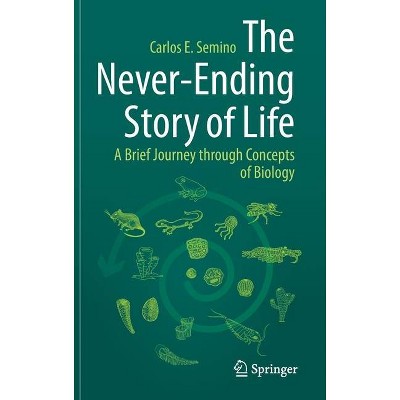
Similar Products
Products of same category from the store
AllProduct info
<p/><br></br><p><b> Book Synopsis </b></p></br></br><b>Chapter 1. </b>The Origin of Eukaryotic Cells and Multicellular Organisms<p>First signs of life on Earth were most probably in form of unicellular organisms that rapidly diverged into different types while adapting to all conceivable environments. From those, the first eukaryotic cells appeared giving rise to the origin of multicellular organisms that after an unimaginable series of changes and adaptations ended in what we know today as fungi, plants and animals. This chapter explains how this long and complex process most probably happened in the last billions of years since the origin of life. </p> <p><b> </b><b>Chapter 2. </b>Multicellular Organisms Propagation</p> The essential principle of life perpetuation through uninterrupted life cycles of individual organisms is described in detail. During this process, life flows by acquiring many forms such as the gametes formed by individuals, gamete fusion (egg fertilization), embryogenesis, growth and development, adulthood, sexual maturation and again, another cycle of life is initiated. Nevertheless, the key factor for this process to operate is based in the basic principle that individuals have a finite life span while life is propagated indefinitely.<p></p> <p><b> </b><b>Chapter 3. </b>Grow Fast and Well or Die</p> <p>Right after fertilization, most organism's early growth and development in general needs to happen very quickly. Why? Because most organisms are autonomous life forms from the very beginning of their existence. In this chapter the main strategies for multicellular organisms to produce enough offspring that would contribute to the next generation and therefore to become fertile and procreate will be described. Most remarkable, despite of the evident diversity that exists among animal species (insects, mollusks, crustaceans, birds, reptile and mammals) the fundamental principles that apply during the reproductive process are very similar. </p> <p><b> </b><b>Chapter 4. </b>Why Do Animals Grow, Age and then Die?</p> As simple as it sounds, the main purpose of the multicellular organism-that is, the body of an animal-is to ensure that life will continue by ensuring transfer into the next generation. Nonetheless, from the biological point of view, life is long enough for most organisms to have a chance to grow, mature, learn, have experiences, and mate with the right reproductive partner. If this last thing occurs, the organisms can produce descendants to enhance chances of perpetuation. Once this is finish, each organism has accomplished their main purpose and therefore their remaining time will depend on how fast age, become dysfunctional and die. <p></p> <p><b> </b><b>Chapter 5. </b>How Do Tissues Regenerate After an Injury?</p> Tissues and organs naturally regenerate through the processes called tissue and organ homeostatic regeneration or physiological regeneration. We also know that different tissues undergo homeostatic regeneration at different speeds, and can be classified as having faster, medium, or slower regeneration rates. Now, the question is what happens to tissues' capacity for regeneration after tissue injury (trauma). This type of post-traumatic regeneration is called pathological regeneration and it will depend of each tissue of how it regenerates or not by forming a scar tissue. <p><b>Chapter 6. </b>Epilogue: <b> </b>The Future of Humankind Could Depend on Unicellular Life<b></b></p> It is very clear for most of us that life in our planet is becoming more and more restricted in terms of having enough resources to support everyone subsistence. This without question could cause in the near future a massive crisis for survival. But before this would happen we could have one or two more chances to survive. Our first option is to solve our population growth dynamics and the second is to prepare ourselves for a long trip to other words, outside our solar system. Both scenarios are considered to evaluate ho<p/><br></br><p><b> From the Back Cover </b></p></br></br><p>For humankind, the most irreducible idea is the concept of life itself. In order to understand that life is essentially an infinite process, transmitted from generation to generation, this book takes the reader on a fascinating journey that unravels one of our greatest mysteries. </p> <p>It begins with the premise that life is a fact--that it is everywhere; that it takes infinite forms; and, most importantly, that it is intrinsically self-perpetuating. Rather than exploring how the first living forms emerged in our universe, the book begins with our first primordial ancestor cell and tells the story of life--how it began, when that first cell diversified into many other cell types and organisms, and how it has continued until the present day. On this journey, the author covers the fundaments of biology such as cell division, diversity, regeneration, repair and death. The rather fictional epilogue even goes one step further and discusses ways how to literally escape the problem of limited recourse and distribution on our planet by looking at life outside the solar system. </p> <p>This book is designed to explain complex ideas in biology simply, but not simplistically, with a special emphasis on plain and accessible language as well as a wealth of hand-drawn illustrations. Thus, it is suitable not only for students seeking for an introduction into biological concepts and terminology, but for everyone with an interest in the fundamentals of life at the crossroad of evolutionary and cell biology. </p><p/><br></br><p><b> About the Author </b></p></br></br><p><b>Carlos Semino</b> has been an Associate Professor in cell biology and tissue engineering in the Department of Bioengineering, IQS-School of Engineering, URL, Barcelona, Spain, since 2007. He received his BS in Biology (Molecular Biology and Genetics) in 1990 at the University of Buenos Aires, Argentina and his PhD in Chemistry in 1994 at the same university. He spent from 1994-1998 as a Postdoctoral Fellow in the Laboratory of Phil Robbins at the Center for Cancer Research at the Massachusetts Institute of Technology (MIT), MA-USA. From 1998-2000 he worked as Senior Scientist in Molecular Toxicology at Phylonix Pharmaceuticals Inc, Cambridge, MA-USA. Then, from 2000-2008 he returned to MIT as Research Scientist at the Center for Bioengineering (CBE) at the Biological Engineering Division. From 2007-2010 he was appointed as visiting Professor in Leipzig University, The Center for Regenerative Medicine, Germany and from 2013-2014 as visiting Professor at MIT at the laboratory of Elazer Edelman. He is currently performing basic research in his Tissue Engineering Research Laboratory (TERL) and giving theoretical and practical courses for undergrad and grad students in molecular biology, cellular biology and tissue engineering. He has received multiple research awards from National Science Foundation (NSF, USA), National Institute of Health (NIH, USA), European Commission and Ministry of Science and Education from Spain. He has more than 120 peer reviewed publications with more than 6,000 citations.</p><p></p>
Price History
Cheapest price in the interval: 39.99 on November 8, 2021
Most expensive price in the interval: 39.99 on December 20, 2021
Price Archive shows prices from various stores, lets you see history and find the cheapest. There is no actual sale on the website. For all support, inquiry and suggestion messagescommunication@pricearchive.us
